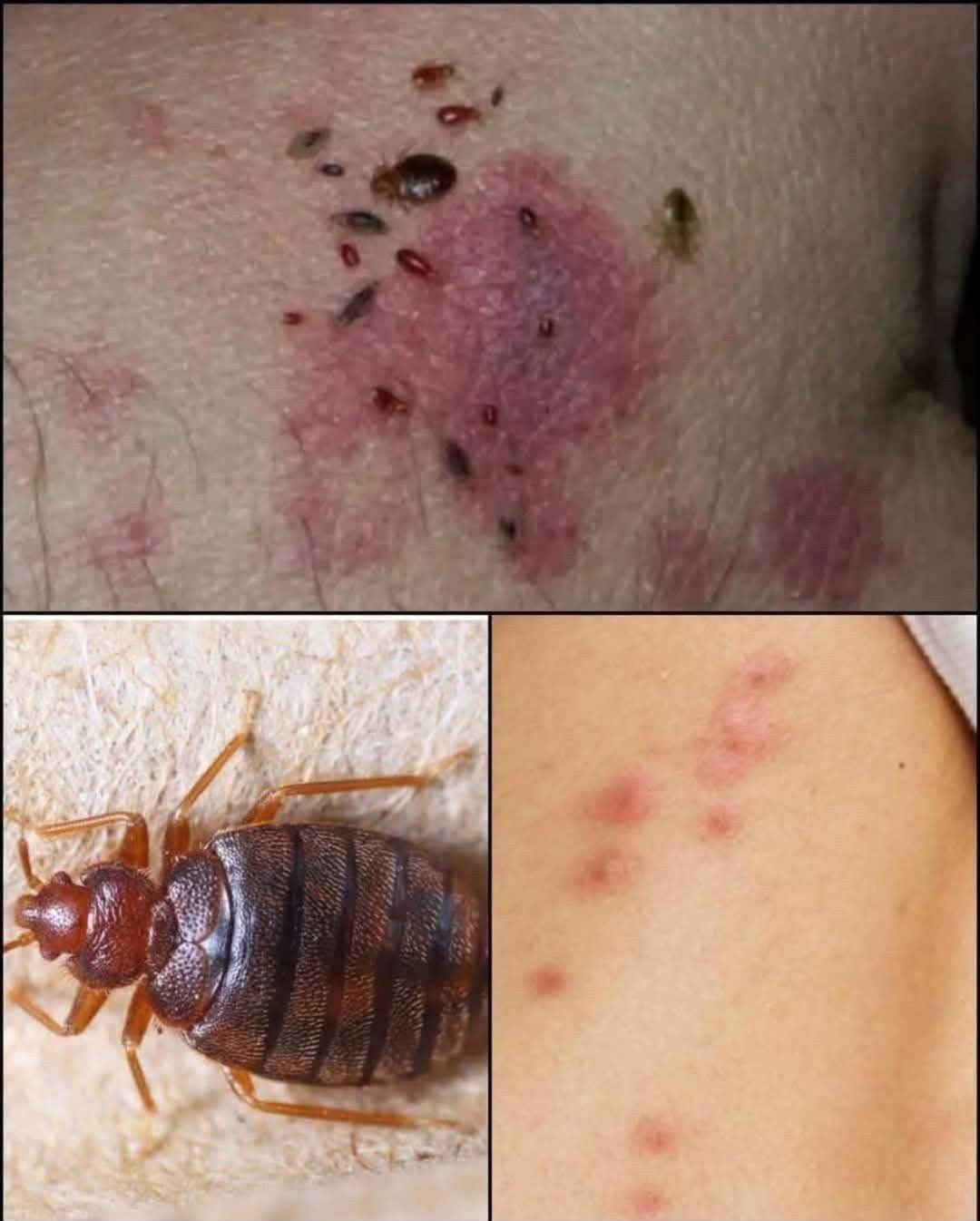(Video of a doctor explaining scabies at the end of the article.)
Scabies is a common skin condition that affects millions worldwide — but it’s often misunderstood. Because its symptoms can look like other issues (such as rashes, fungal infections, or even shingles), many people don’t realize they have it until it gets worse.
Here’s a simple breakdown of what scabies is, how to spot it, and when you should seek help.
What Is Scabies?
Scabies is caused by a microscopic mite called Sarcoptes scabiei.
The mites burrow into the top layer of your skin, where they live, lay eggs, and cause an allergic reaction. This leads to an intensely itchy, red rash that can be painful and frustrating.
Scabies is highly contagious, spreading through:
- Direct, prolonged skin-to-skin contact
- Sharing clothing, towels, or bedding with someone who has scabies
Once the mites burrow and start laying eggs, the rash can spread — and so can the itching.
Symptoms of Scabies
Recognizing scabies early is key. Here are the main signs to watch for:
- Intense Itching (especially at night): The itching is often unbearable and worse after dark.
- Red, Raised Rash: Small, red bumps or blisters usually appear on the hands, wrists, elbows, underarms, buttocks, waistline, and genitals.
- Burrows Under the Skin: Look for tiny, thin, wavy lines — these are the tunnels where the mites hide and lay eggs.
- Blisters and Open Sores: Scratching too much can cause blisters to burst and turn into sores, which may lead to infections.
- Crusted (Norwegian) Scabies: In severe cases (usually in people with weak immune systems), the skin becomes thick, scaly, and crusted over. This form is especially contagious and dangerous.
How Scabies Spreads
You can catch scabies by:
- Prolonged skin-to-skin contact with an infected person
- Sharing infested clothing, towels, or bedding
Important:
Scabies has nothing to do with cleanliness. Anyone can get scabies — even people with excellent hygiene — if they come into close contact with someone who’s infected. It often spreads easily in close-knit places like households, schools, nursing homes, and daycare centers.
When to See a Doctor
Scabies isn’t usually dangerous, but ignoring it can lead to:
- Severe skin infections
- Crusting and scaling
- Secondary bacterial infections (from open sores)
See a doctor if you notice:
- Persistent rash
- Severe nighttime itching
- Signs of burrows or blisters
A healthcare provider can usually diagnose scabies just by looking at your skin. In some cases, they might take a small skin sample to check under a microscope.
Treatment typically involves applying a prescription cream or lotion that kills the mites and their eggs.

Sophia Reynolds is a dedicated journalist and a key contributor to Storyoftheday24.com. With a passion for uncovering compelling stories, Sophia Reynolds delivers insightful, well-researched news across various categories. Known for breaking down complex topics into engaging and accessible content, Sophia Reynolds has built a reputation for accuracy and reliability. With years of experience in the media industry, Sophia Reynolds remains committed to providing readers with timely and trustworthy news, making them a respected voice in modern journalism.
